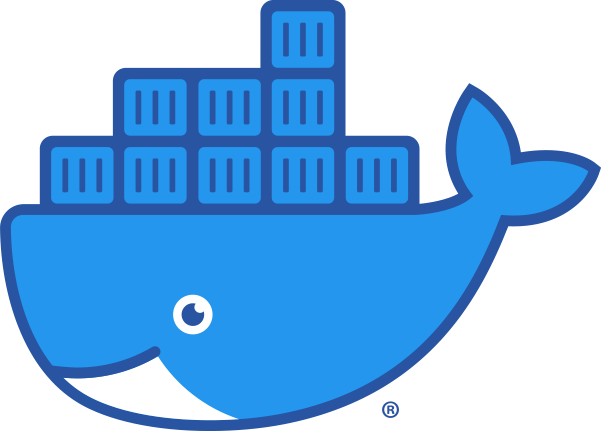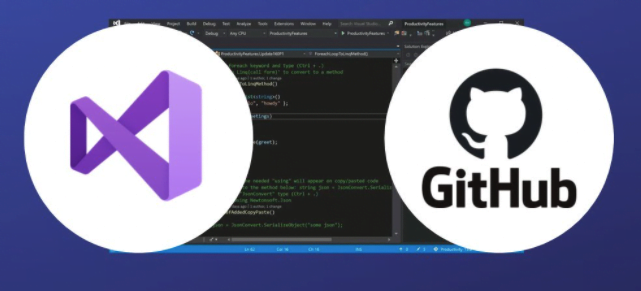
From dotCloud
Docker, which is a startup of Y Combinator’s Summer 2010 class, is an open platform that lets developers build, ship, and run distributed applications using what’s known as “containers.” Formally
Docker project
The origin of docker was so unique it was made as if it is OSS. Since launching, the Docker project has attracted close to 200 contributors, 92% of whom do not work for Docker, Inc. Collectively, they have made slightly less than half of all commits, and about 20% of all code additions. On 2013, Docker itself has been downloaded over 100,000 times, and the project has attracted over 6,800 stars on GitHub, becoming one of the fastest-growing open source projects.

Why container so important?
Before docker and container technology like kubernetes, the company bought physical server and installed OS and apps on it. VMware innovate availability of resource of servers. They helped existing industries and EMC and Dell bought VMware but that was not enough for innovation.
The power for developers
Virtualization was not enough for technology industry to get maximum speed. Virtualization started from capital player and not from engineers. Developers want development labo at their disposal. Because developer is the top in this industry therefore we should wait the solution from open source software community.

The demand for innovation
The edge of innovation and bottleneck of technology industry was motivation of engineers. They want quick deploy and quick disposal. Try and trash.
github,docker,visual studio
The world needed independent and elastic solution that we can try and error with zero cost. The experiment should be done quick and continuously.

Container ecosystem
There was similar demand in Google that we shoud continuously develop application service but technology is rapidly changing. Therefore they need independent distributed architecture that is not rely specific chip, CPU, memory, server, OS, code, language, flamework DNS, firewall and so on.
CI/CD/DevSecOps
That demand was not solved by sole hardware manufucturer nor software manufucurer. Cloud-native labo providers like Azure, AWS, GCP solved that challenge by container technologies.

Software defined every layer
The Microsoft approach to Software Defined Networking (SDN) includes designing, building, and operating global-scale datacenter networks for services like Microsoft Azure. The beginning of IaaS and PaaS changed total cost of operation >10x in every layer in information technology industry. Cloud-native platform defines anything by single click Including CPU, memory, storage, DNS, WAF, CDN, Loadbalancer, Router, Switch, Firewall, SIEM, OS, Server, Code, Framework, Antivirus, Endpoint security, ID management, Database and so on.
Release the potential
Nocode and serverless method started from open source software community brought developer power. Container technology like docker and kubernetes made infrastructure owner independent right to select appropriate future.

